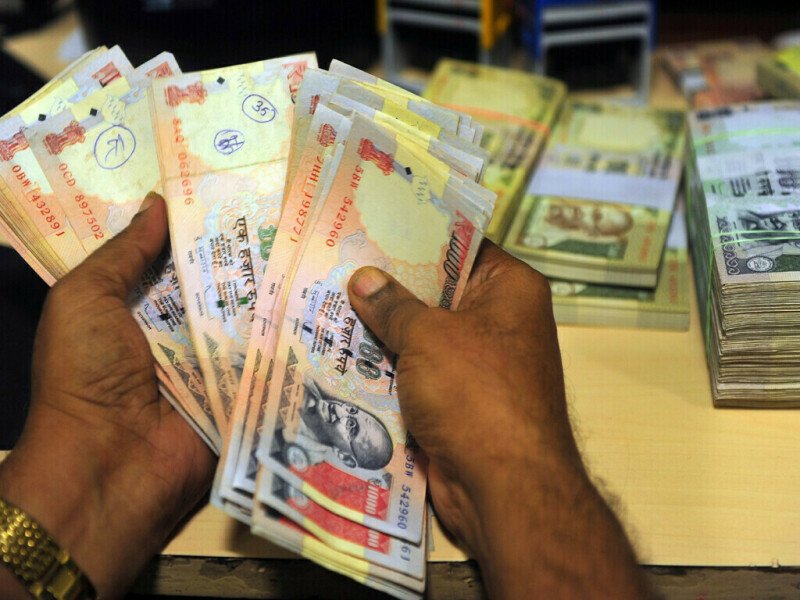Last Updated:
Grenadier Yogendra Singh Yadav, awarded the Param Vir Chakra, survived a bullet as five-rupee coins in his chest purse absorbed the impact, saving his life during the battle

On the morning of July 8, after a decisive attack, the Indian tricolour was hoisted once again on Tiger Hill. (News18 Hindi)
In July 1999, during the Kargil War, the Pakistani army believed it had secured a tactical edge in the Drass to Chorbatla sector, thinking these positions could offer leverage in the broader Kashmir conflict. Confident that India would struggle to reclaim the territory, it underestimated the challenges ahead. In an unexpected twist, a few five-rupee coins ended up playing a small but remarkable role in a series of events that helped shift the momentum—ultimately contributing to Pakistan’s setback in the conflict.
After victories at Tololing and Point 5203, the Indian Army’s 8 Grenadier, 8 Sikh, and 2 Naga Regiments were tasked with reclaiming Tiger Hill. Grenadier Yogendra Singh Yadav, part of the 18 Grenadiers team marching to Tiger Hill, shared that after walking all night, they spent the day hiding behind stones. As night fell, they advanced towards the enemy with Delta Company in support. Upon reaching the top, Captain Sachin Nimbalkar moved forward with his team for reconnaissance.
Unbeknownst to them, the enemy lay in ambush. When Captain Nimbalkar and his team were just a few feet from the enemy, the Pakistani army opened fire. The team took cover behind stones. The situation was dire as they could neither provide direct fire support nor request artillery support due to the proximity to the enemy. They managed to send a message to stay put behind cover and evacuated the team around 11:30 pm. One soldier was wounded, but the rest were safe.
As soon as the squad returned, orders for an attack were received. After walking all night, they faced a steep rock several hundred feet high. One by one, they started climbing, but the enemy detected their position from the sound of falling stones and began firing heavily. Before the firing started, Yogendra Singh Yadav and six others had crossed the rock. The rest were prevented from crossing.
By now, they had reached the top of Tiger Hill, about 50 to 60 meters away. They opened fire on both bunkers, killing all Pakistani soldiers present. The enemy, realising the Indian Army’s presence, began heavy firing. The Indian soldiers fought back with captured enemy weapons. After five hours of continuous fighting, their ammunition was running low, prompting a new strategy. They stopped firing for 15 to 20 minutes, during which 10 to 12 Pakistani soldiers emerged from the rocks. The Indian soldiers opened fire, killing most of them.
Soon, 30 to 35 Pakistani soldiers attacked again, using all their weapons. During the assault, Yogendra Singh Yadav saw an enemy soldier standing on the same stone from which he was firing. The enemy threw two grenades directly at him. A grenade fragment hit below his knee, making him feel like his leg was severed, but it was still intact. Another fragment cut his face from nose to ear, numbing his entire face.
With his back to the hill, he signaled to the officer in front of him to raise a fist. As the officer extended his hand, a bullet struck him directly in the forehead, killing him instantly. Before the soldier beside him could react, another shot followed, hitting him in the head as well. Moments later, enemy troops surrounded them from the front, assuming that everyone in the group had been killed.
The Pakistani commander ordered a recheck, and the enemy began shooting each of the soldiers. Yadav was hit in the arm, thigh, leg, and finally, the chest. His purse was strapped across his chest, with a few five-rupee coins inside. Remarkably, the coins absorbed the impact of the bullet, preventing it from entering the body.
Though unconscious, a Pakistani soldier’s foot hitting his leg revived him. Determined to fight, he threw a hand grenade that exploded within the enemy’s coat. Taking advantage of the chaos, he killed three or four Pakistani soldiers and climbed down to inform his comrades.
With this information, the battle of Tiger Hill changed dramatically. The Indian Army now knew the enemy’s positions, weapons, and hideouts. On the morning of July 8, after a decisive attack, the Indian tricolour was hoisted once again on Tiger Hill. Grenadier Yogendra Singh Yadav, who exemplified immense bravery in this battle, was honoured with the Param Vir Chakra, India’s highest award for valour.
- Location :
Kargil, India, India
- First Published:





